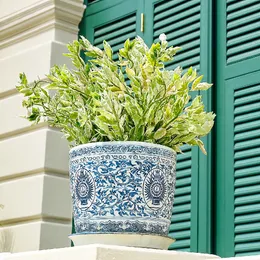

Top 20 Most Common Flowering Plants in Yemen
Yemen boasts a diverse range of native flowers that thrive in its unique climate and soil. The region's arid climate and well-drained soil provide ideal conditions for the growth of indigenous flowers. Among the most characteristic blooms are the Madagascar periwinkle, African marigold, and Jimsonweed. These flowers are renowned for their visual beauty, cultural symbolism, and ecological importance in Yemen. Reliable sources confirm the significance of these flowers in the region, making Yemen a captivating destination for flower enthusiasts.

























Asia > Yemen
More Plants in Yemen

Most Common Toxic Plants

Most Common Flowers of Spring

Most Common Spring Fruits

Most Common Fruits

Most Common Trees

Most Common Weeds

Most Common Tall Trees

Most Common Flowers of Winter

Most Common Plants
In Yemen, you can find Grain sorghum, Pearl millet, Aloe vera, Khat, Common fig, and more! There are 50 types of plants in total. Be sure to look out for these common plants when you’re walking on the streets, in parks, or public gardens.